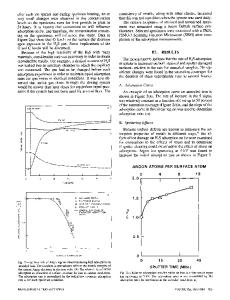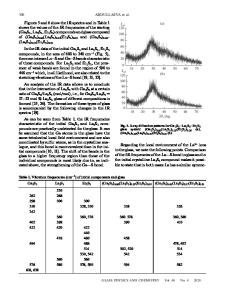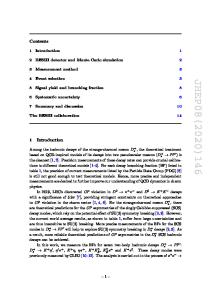Geodesic completeness of the $$H^{3/2}$$ H 3 / 2 metric on $$\mathrm {Diff}(S^{1})$$ Diff ( S 1 )
- PDF / 283,749 Bytes
- 13 Pages / 439.37 x 666.142 pts Page_size
- 46 Downloads / 326 Views
Geodesic completeness of the H 3/2 metric on Diff(S 1 ) Martin Bauer1 · Boris Kolev2 · Stephen C. Preston3 Received: 29 January 2020 / Accepted: 13 March 2020 © Springer-Verlag GmbH Austria, part of Springer Nature 2020
Abstract Of concern is the study of the long-time existence of solutions to the Euler–Arnold 3 equation of the right-invariant H 2 -metric on the diffeomorphism group of the circle. In previous work by Escher and Kolev it has been shown that this equation admits long-time solutions if the order s of the metric is greater than 23 , but the behaviour for the critical Sobolev index s = 23 has been left open. In this article we fill this gap by proving the analogous result also for the boundary case. We show that the behaviour is the same for all Sobolev metrics of order 23 regardless of lower-order terms. Keywords Euler–Arnold equation · Geodesic flows on the diffeomorphisms group · Sobolev metrics of fractional order · Global existence of solutions Mathematics Subject Classification 35Q35 · 53D25
1 Introduction In this article, we prove longtime existence for solutions of the geodesic initial value problem of the right invariant H 3/2 -metric on the group of smooth diffeomorphisms on
Communicated by Joachim Escher.
B
Boris Kolev [email protected] Martin Bauer [email protected] Stephen C. Preston [email protected]
1
Department of Mathematics, Florida State University, Tallahassee 32301, USA
2
ENS Paris-Saclay, CNRS, LMT - Laboratoire de Mécanique et Technologie, Université Paris-Saclay, 94235 Cachan, France
3
Department of Mathematics, Brooklyn College and the Graduate Center, City University New York, New York 11210, USA
123
M. Bauer et al.
the circle. The interest in (fractional) order metrics on diffeomorphism groups is fuelled by their relations to various prominent PDEs of mathematical physics: In the seminal article [1], Arnold showed in 1965 that Euler’s equations for the motion of an incompressible, ideal fluid have a geometric interpretation as the geodesic equations on the group of volume preserving diffeomorphisms. Since then, an analogous result has been found for a whole variety of PDEs, including the inviscid Burgers equation, the Hunter– Saxton equation, the Camassa–Holm equation [6,19], and the modified Constantin– Lax–Majda (mCLM) equation [10,14]. Building on the pioneering work of Ebin and Marsden [11], these geometric interpretations have been used to obtain rigourous well-posedness and stability results for the corresponding PDEs [3,9,15,21,23,25,26]. Motivated by the analysis on the mCLM equation, Escher and Kolev recently studied fractional order Sobolev metrics on the diffeomorphism group of the circle [12,13]. In their investigations, they showed that the geodesic equation of the class of Sobolev metrics of order s is locally well-posed if s ≥ 21 and globally well-posed if s > 23 . The question of global existence of solutions of the geodesic equation for the critical index s = 23 was left unanswered. Towards this direction, the third autho
Data Loading...











